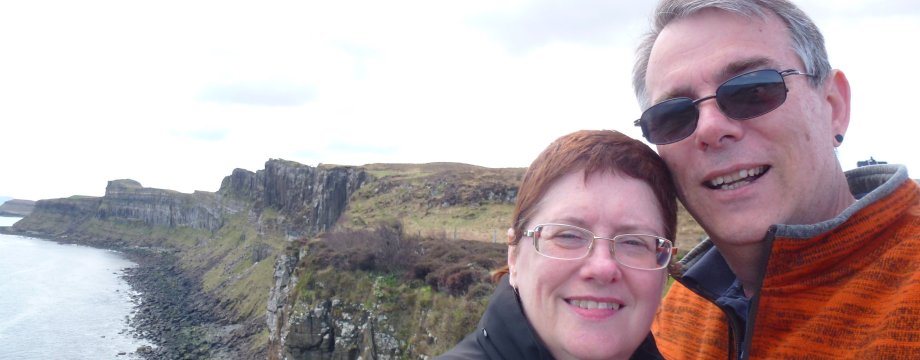So a fairly well known fact in Origami circles is that there are Origami Museums, few compare in size to the Spanish one in Zaragoza. When Jo and I had decided to spend time in Barcelona, we found Zaragoza was a doable day trip from Barcelona Sants regional train station, so a planned visit was hatched.
Barcelona Sants is a regional rail hub, different to the metro. We will also use this station to depart for Provence in a few days, but it also provides access to many other places in Catalunya and beyond. After locating our platform ( via a very helpful man at the Information counter), we had our bags (and everything else) xrayed before arriving on the platform to find the train already boarding.
We boarded AVE-S112 High Speed train, allocated seats a lot like an airplane, and took off. The train sped underground until it cleared the central city and burst out into the light as farmland flew by. For a lot of the journey the train was topping 295 km/h as it hurtled stop to stop.
After 2 hours, we arrived at Zaragoza train station, and de-trained, got some refreshments then headed over to the Bus Station, to catch a C1 circle line bus, and rode it for 45 mins the remaining half way around to the terminus. After a brief bit of nav we were picking through the back streets to EMOZ, located on the 2nd Floor of Centro de Historias, Plaza San Agustín 2.
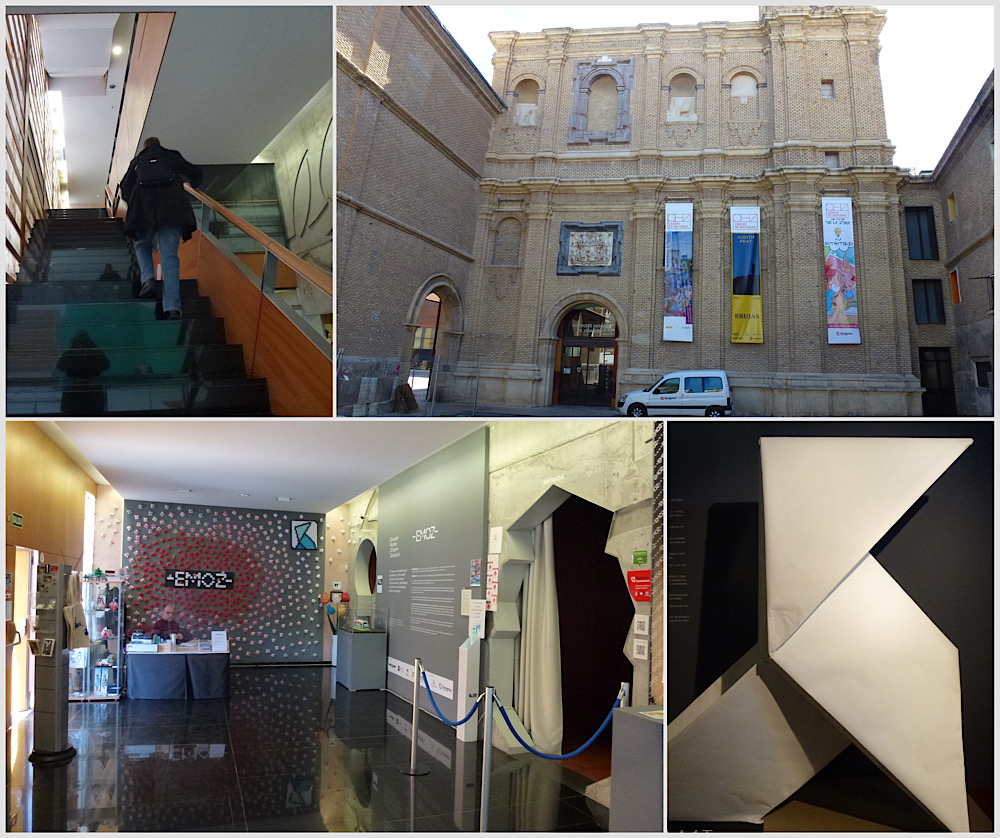
I had been in contact with the museum ever since there seemed a chance for me to visit, and it was lovely to finally meet an online friend named Jesus. We nerded out a bit, talked about the current exhibition and about Yoshizawa’s works, and particularly the work of Eric Joisel.
The museum has, on display a number of Joisel’s original works, including one of his gnome orchestras, his large-scale Rhinoceros and his large scale Pegasus.
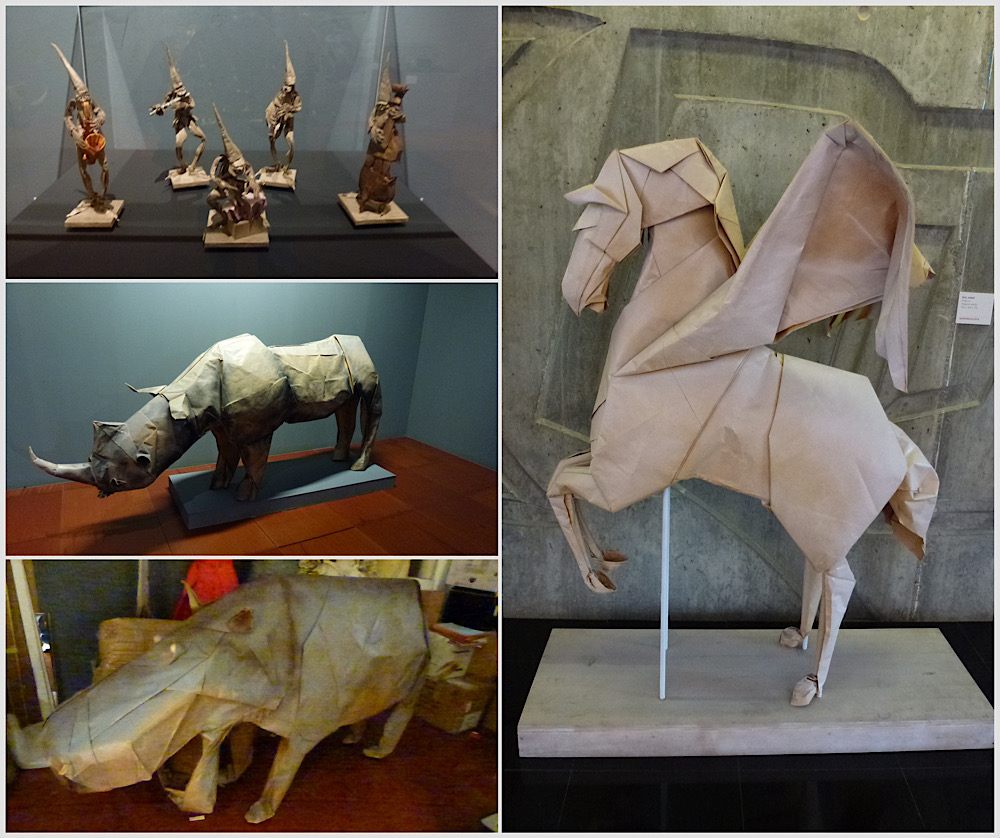
Jesus let us sneak peak in the store room at Joisel’s large Hippopotamus also, all master works from a genius artist much missed.
We talked folding, design, and it turns out he is working on an interesting origami publication of endangered Spanish animals, and asked if I was interested in test folding closer to publication date. What an honor indeed, naturally I said yes. That should be fabulous and something else to be involved in when I finally return home.
We parted company with the promise of future collaboration, then Jo and I took our time appreciating the many rooms of exhibits. It was good to see so many original works from legends in the field, including Victor Coeurjoly, Robert Lang, Junior Fritz Jaquett, Kashiwamura, Jozsef Zsebe, a host of different Vietnamese designers, and even a tiny work from Yoshizawa himself. We are not worthy.
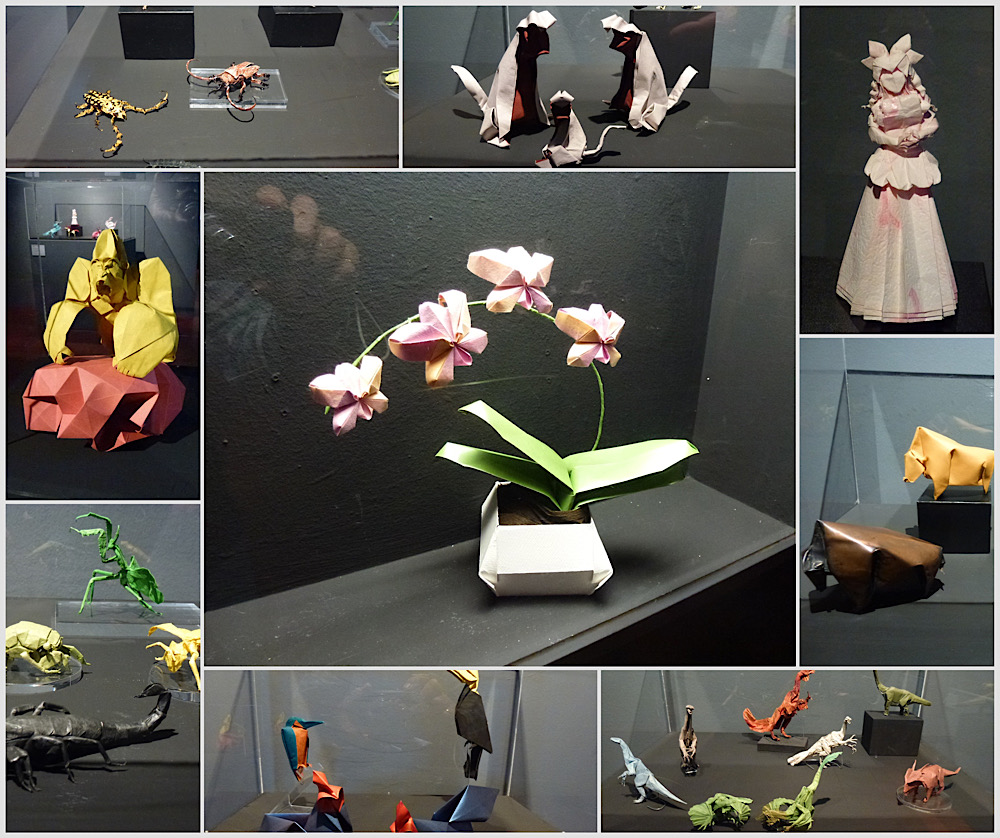
The museum also offers informative information about the paper/folding traditions of many countries. It is interesting that many different schools of folding crafts emerged independently with the introduction of paper and paper-like materials.
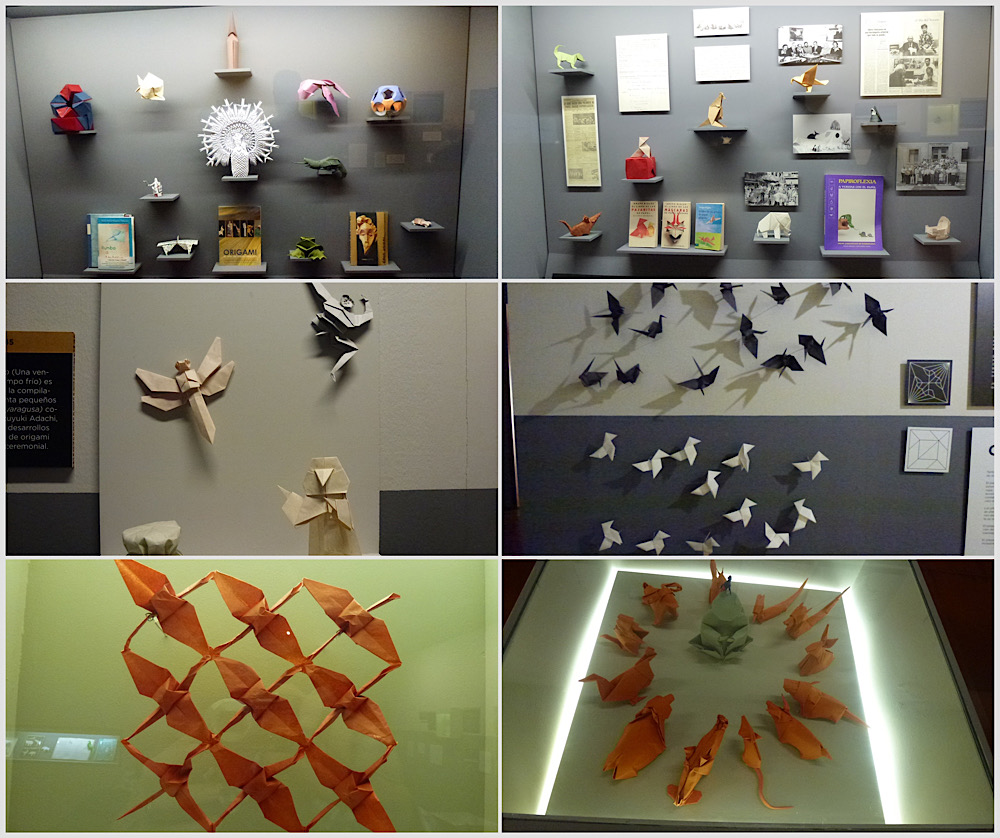
We also saw some very early traditional folds pioneering skills from historical giants that modern day origami designers stand on the shoulders of.
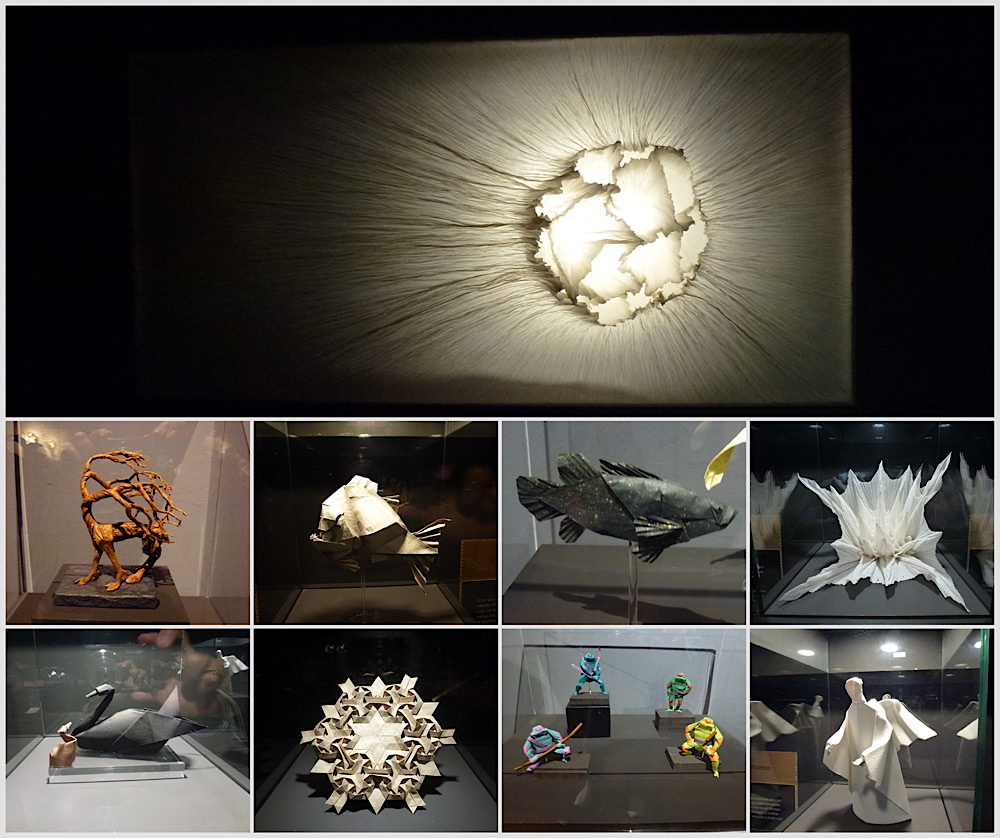
The feature artist at the moment is Vivian Berty, with a number of rooms devoted to her colourful, figurative and representational varied art practice. Such a riot of colour and range of simple to elegant models, compositions and modular works.
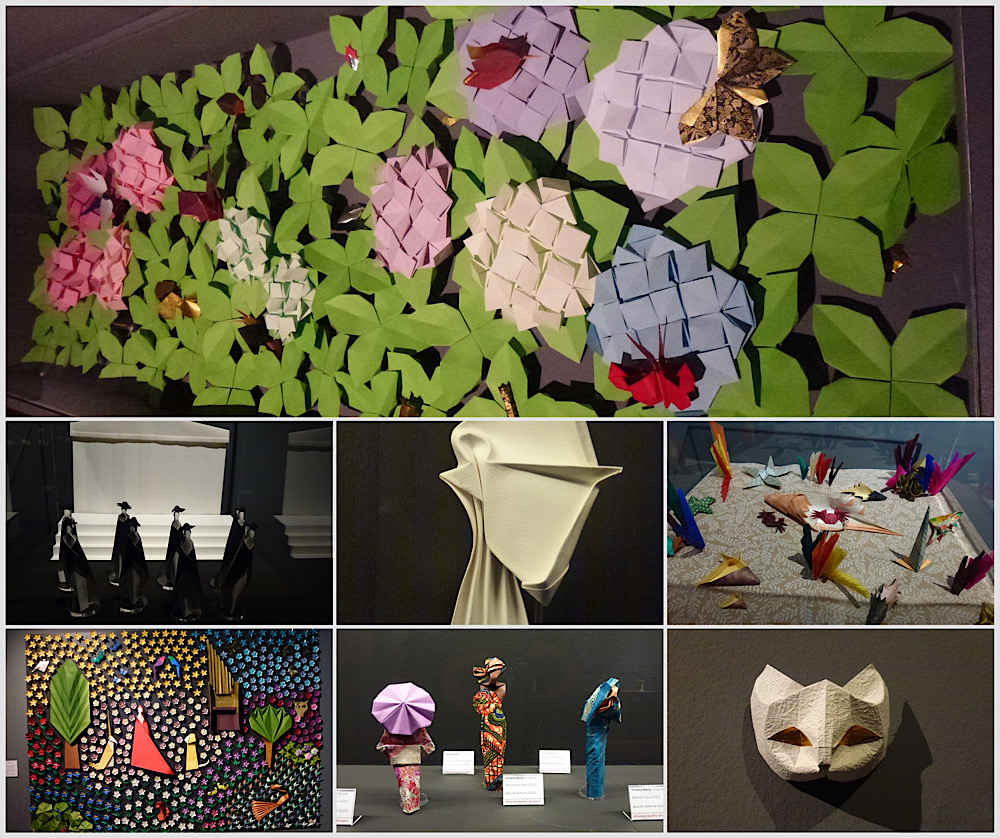
It felt like home for me, to be surrounded by an art form I have spent a lot of my life exploring. Nerd-feasts come in every flavour, and this was one of mine.
After leaving EMOZ, we reversed our journey to Zaragoza Delicias rail station, grabbed a late lunch and then our train back to Barcelona. I am sure I gushed, Jo was very tolerant of a very happy nerd. If I get the opportunity I would like to visit again, as well as explore the other origami museums of the world.

